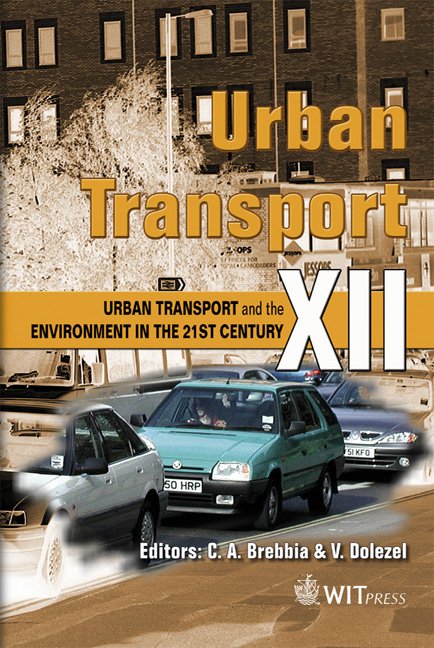Pervasive Model, A New Paradigm Of Computing Applied To Road Transport Systems
Price
Free (open access)
Transaction
Volume
89
Pages
10
Published
2006
Size
363 kb
Paper DOI
10.2495/UT060261
Copyright
WIT Press
Author(s)
C. García, F. Alayón, J. Caraballo, R. Pérez & G. Padrón
Abstract
We describe how mobile and ubiquitous computation models have been applied, with the aim of solving some technological traditional problems in the domain of public passenger road transport. Those problems are due to a weak integration of the information systems aboard. The introduced models have permitted us to solve our integration problems, and, consequently, we have managed to improve the business in a variety of domains. Particularly, the application of those models have benefited on-board mobile information systems and user information systems. Keywords: information systems, intelligent transport systems, pervasive computing. 1 Introduction From the irruption of personal computers, at the beginning of the eighties, to present time, with the development of mobile communication systems, we have assisted to the incessant progress of information technologies. This progress affects both productive business processes and leisure in modern societies. As might be expected, those technological innovations have also benefited the transport world in all its aspects—by air, sea or land, public or private, of passengers or goods. Nevertheless, those information systems that are installed on road transport vehicles have suffered a slower evolution. The main reasons of this gap are, on the one hand, the belated arrival of mobile communication services with attractive costs, and, on the other hand, the high cost of on-board equipments. However, during the last decade, this situation has changed because of the wider range of mobile communication possibilities in competition and the development of the mobile computation.
Keywords
information systems, intelligent transport systems, pervasive computing.





